A review of The High Line. By James Corner Field Operations and Diller Scofido + Renfro. 2015. ISBN: 9780714871004. Phaidon Press. 452 pages. Buy the book.
New York City’s High Line Park, once a rusting relic of abandoned freight rail transportation infrastructure, has become arguably one of the world’s best-known urban parks, and possibly the single most visited park in the United States—and perhaps the world—on a visitor-per-acre basis.
As I travel across the United States, speaking with audiences of planners, landscape architects, park aficionados, and interested lay people, informal polls reveal that more than half have visited the High Line. It has become both a major tourist destination and an economic development magnet of unprecedented proportions, attracting at least 40 new residential and office buildings and spurring a reported $4 billion economic impact. It has also spurred at least 60 similar projects in cities around the globe, and it has been lionized (and occasionally reviled) as an apotheosis of urban design and placemaking.
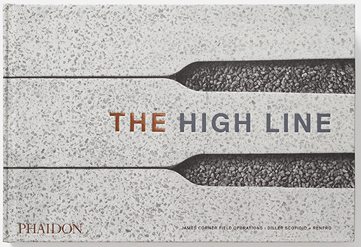 How the High Line became the singular phenomenon it is, and, in particular, how it evolved from condemned ruin to celebrated masterpiece through finely honed design, is documented in this recent book by the project’s principal designers, landscape architecture firm James Corner Field Operations and architecture firm Diller Scoffidio Renfro. This handsome, massive “doorstop of a book,” as landscape architect and co-author James Corner referred to it, is beautiful to look at and to feel (its cover is embossed and textured like the precast planks that make up the High Line’s flooring). As with many books about architecture, whether monographs of an architect’s or firm’s work, it is replete with delicious color photographs and renderings, sections and, axonometrics. But this book, in some ways like the work it describes, resembles high-end erotica—like the “art” books of the 1960s that arrived in “plain brown wrappings”: architectural glamour of the highest order.
How the High Line became the singular phenomenon it is, and, in particular, how it evolved from condemned ruin to celebrated masterpiece through finely honed design, is documented in this recent book by the project’s principal designers, landscape architecture firm James Corner Field Operations and architecture firm Diller Scoffidio Renfro. This handsome, massive “doorstop of a book,” as landscape architect and co-author James Corner referred to it, is beautiful to look at and to feel (its cover is embossed and textured like the precast planks that make up the High Line’s flooring). As with many books about architecture, whether monographs of an architect’s or firm’s work, it is replete with delicious color photographs and renderings, sections and, axonometrics. But this book, in some ways like the work it describes, resembles high-end erotica—like the “art” books of the 1960s that arrived in “plain brown wrappings”: architectural glamour of the highest order.
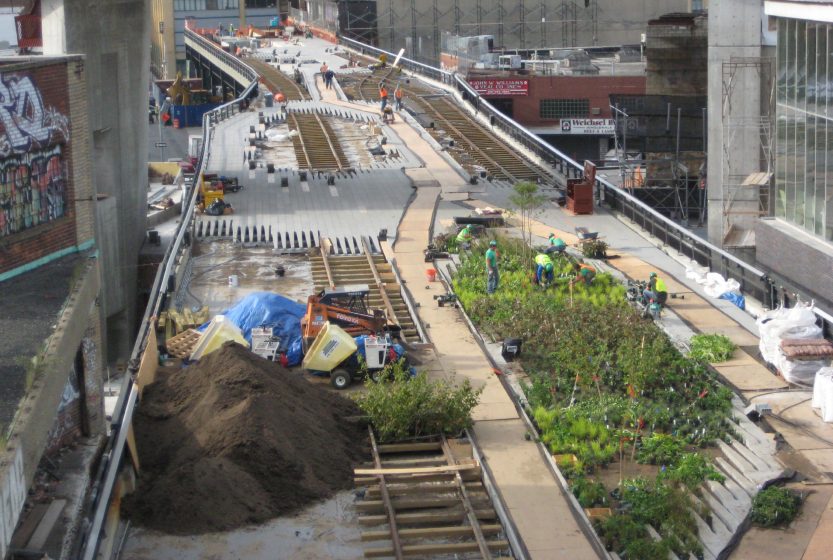
 As someone closely involved with the preservation, planning, design, construction, and management of the High Line, I recognized early on that this was a park of a completely different order than any New York City park of the last century or more. I served as New York Parks Commissioner during most of the life of the project to nearly the completion of its second phase, and worked closely with Robert Hammond and Joshua David and the Friends of the High Line, who conceived of and fought for the project, and City government colleagues, including City Planning Chair Amanda Burden and the Economic Development Corporation, under the direction of Mayor Michael Bloomberg, himself a major supporter of the project.
As someone closely involved with the preservation, planning, design, construction, and management of the High Line, I recognized early on that this was a park of a completely different order than any New York City park of the last century or more. I served as New York Parks Commissioner during most of the life of the project to nearly the completion of its second phase, and worked closely with Robert Hammond and Joshua David and the Friends of the High Line, who conceived of and fought for the project, and City government colleagues, including City Planning Chair Amanda Burden and the Economic Development Corporation, under the direction of Mayor Michael Bloomberg, himself a major supporter of the project.
From the project’s inception, I had a sense of its subtle sexuality. That sexuality is cited often in this book, both overtly and by implication, and it could be argued that the High Line is the first “Out” public park landscape. Further, the sexuality of the concept and its environment were evoked in the sensuality of the design of its landscape.
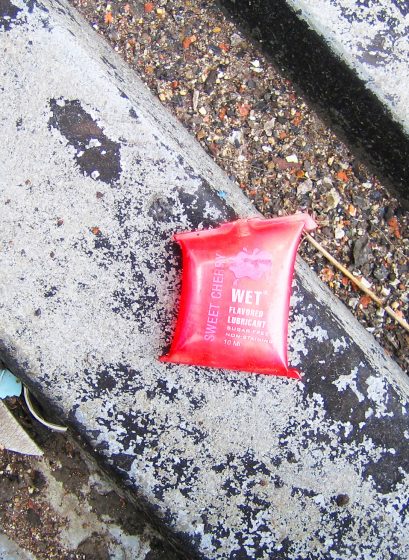
The sexual aspects of the High Line (and this book) are apparent in the book’s design. Like old issues of “Playboy” magazine, it has foldouts—not one, but scores, sumptuous photos and renderings laid out in graphic detail for landscape architecture and architecture aficionados to pore over. And both in photos of the High Line neighborhood’s recent “seedy “ past and in conversations between the project’s designers transcribed in the book, the sexual aura of both the High Line itself and its neighboring buildings is laid bare. One photo shows a group of apparently trans individuals, one with bare breasts protruding from a shirt. Another suggests a prostitute, conversing with a potential customer in a car. The Meatpacking district surrounding the abandoned High Line was well known for prostitutes of various sexual persuasions and identities, for sex clubs catering to a variety of clients and preferences, and for the abandoned piers that were locales for mostly gay sexual assignations, at a time when homosexuality was still vilified by many and openly gay people were at risk for harassment and much worse.
Also thoroughly documented in the book is the design competition sponsored by the Design Trust for Public Space, a non-profit group that was an early supporter of the High Line; one imaginative concept turned the elevated rail line’s “basin” into a linear swimming pool, and a rendering shows a naked, muscular man climbing out of the pool. Later, after the High Line opened, so did a sexy new hotel designed by Polshek Partners, situated directly over the High Line, with its legs towering over and astride the park. Almost immediately after it opened, there were reports and salacious tabloid news items about people having sex or parading nude behind the hotel’s floor-to-ceiling windows (and the book contains several pictures of both).
The park’s designers, in conversations transcribed in the book, discuss the sexual aspects of the High Line, as well as the hotel and the other buildings so close that you can almost touch them (and certainly engage in casual or studied voyeurism of the “Rear Window” variety with them). In the opening conversation, “Forethoughts”, Elizabeth Diller describes the “illicit quality of the place”, when it was still a post-industrial ruin, and Matthew Johnson discusses the sociological conditions as the neighborhood evolved from industry to “queer subcultures…sex workers and cross-dressing kids sharing the streets with meatpacking workers and longtime tenement residents.”
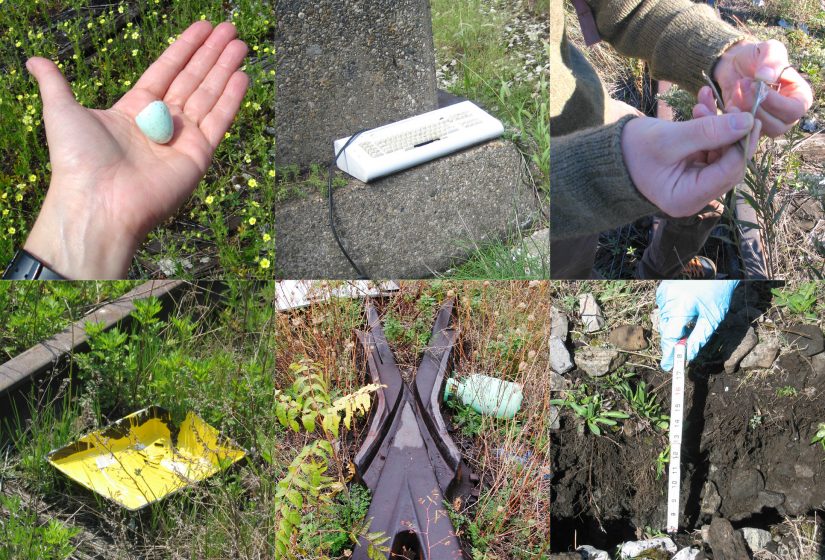
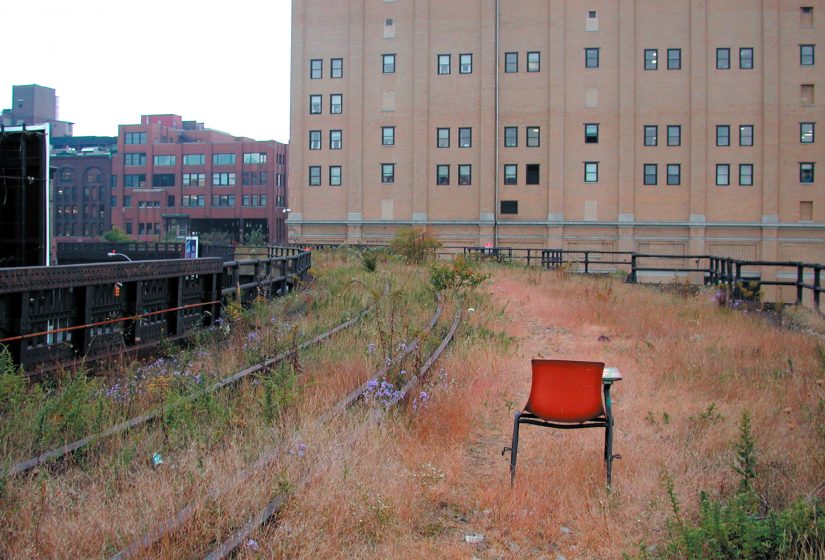
Later in their accounts, after the High Line has been built, the sexuality of the new park becomes more pronounced as the designers see it: “We never imagined the High Line would become a place of romantic intimacy…” says Diller. “It’s considered the make-out park in New York City. I took a walk on a nice night recently and counted twenty-three couples passionately kissing.”
The designers understand that they created a new form of public stage for seeing and being seen. “On the High Line, the close proximity of others attracts a strange sort of public intimacy,” says Diller. “The voyeur and the exhibitionist have a consensual relationship. The pleasure of watching people is matched and perhaps exceeded by the pleasure of being watched.” Johnson confirms: “Encouraged by the many extra eyes on the High Line exhibitionism seems more publicly embraced than ever.”
But I would argue that the ultimate product, both the design and the completed work, is actually more sensual than sexual, and the details of that sensuality are gloriously covered in the book. For starters, everything in the park was unique—no off-the-shelf park furniture for this new form of park. The chapter headed “Design” may be the most explicit for lovers of architectural detail. It contains numerous foldouts with renderings of different areas—the pinups you are tempted to pull out and put on your wall. The foldouts include typical sections and details galore, including the more than 50 different types of precast concrete aggregate planks that make up not just the High Line’s “floor” but also the stunning “peel-up” benches that seem to grow out of the deck like wind-stunted pine trees growing from rocky crevices.
In addition to the three sections of interviews, the book contains seven chapters. “Found” documents what the design team, also including gifted planting designer Piet Oudolf, discovered in the summer of 2004 when they first hopped off a concrete deck of an abandoned warehouse into chest-high mugwort and wildflowers, like explorers debarking into an abandoned ruin, with both large-scale photos in the foldouts and small scale snapshots at measured distances. The large photos include walls with huge, faded graffiti murals, and found objects—a bucket of spray paint cans, a mannequin torso, a package of strawberry-flavored sexual lubricant, a robin’s egg in a nest.
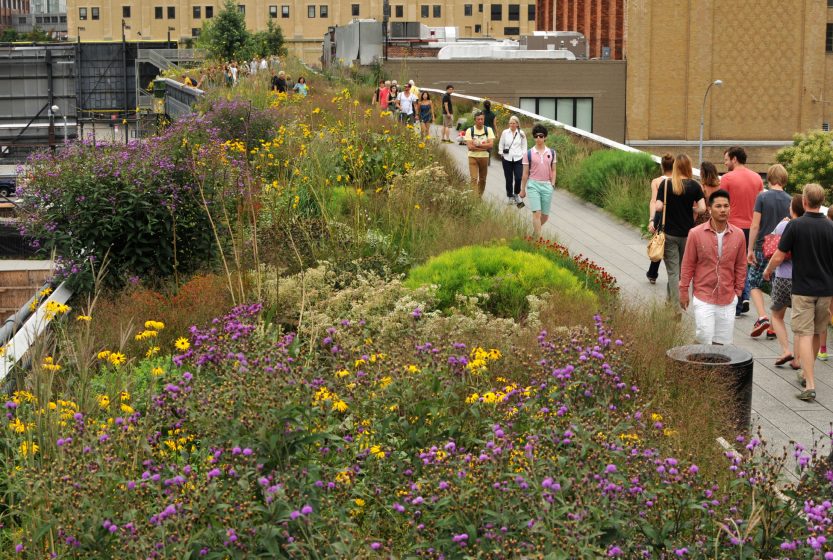
The “Archives” chapter is rich with historical artifacts—documents, plans, and working drawings for the original High Line, including sections, details, and isometric drawings of constructions joints. It is apparent that Master Builder Robert Moses was constructing for the ages in this ambitious project to lift freight trains above 11th Avenue and onto a massive, functional steel structure capable of holding two fully loaded freight trains simultaneously. “Archives” also includes photos and other documents of the neighborhood’s transformation from industrial, to post-industrial, to chic, and brings the project up to the point of the Design Trust for Public Space report.
The “Concept” chapter explores the design completion, focusing on the eventual winning team’s entry, and the initial design development. One concept sadly missing from the final design and realization was a combination pond/pool and elevated beach; the pool would have turned into a skating rink in winter!
The “Design” chapter lovingly details the entire design, with plans, sections, and renderings for each of many segments, and you can see the eventual High Line really taking shape. This is the phase I most remember from my days working with the team—many long design meetings, including one where we examined and debated for several hours the different possible subtle configurations for the pre-cast planks. Among the delectable details of the “Design” are those of all the furnishing and fences, as well as the more than 50 types of pre-cast planters. Also here are Oudolf’s planting plans, and color photos of more than 400 plant species actually growing on the High Line—200 perennials, 36 grasses, 12 vines, 50 bulbs, and 100 varieties of trees and shrubs.
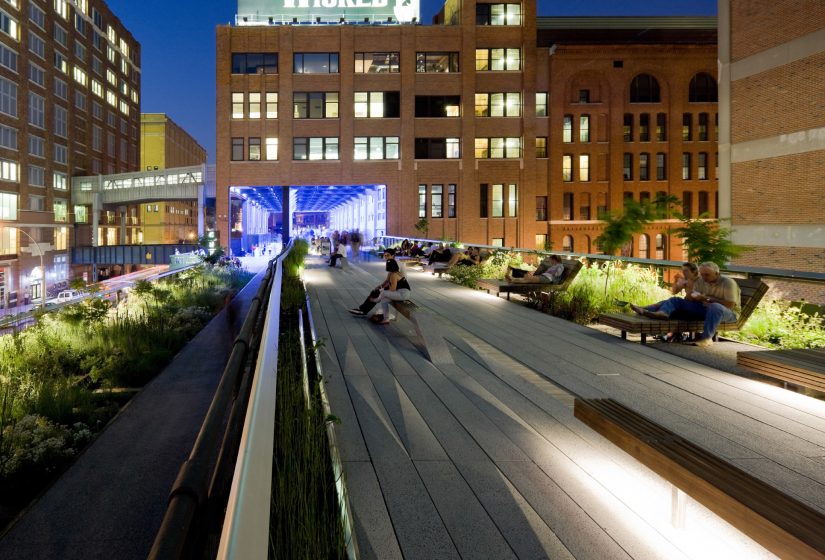
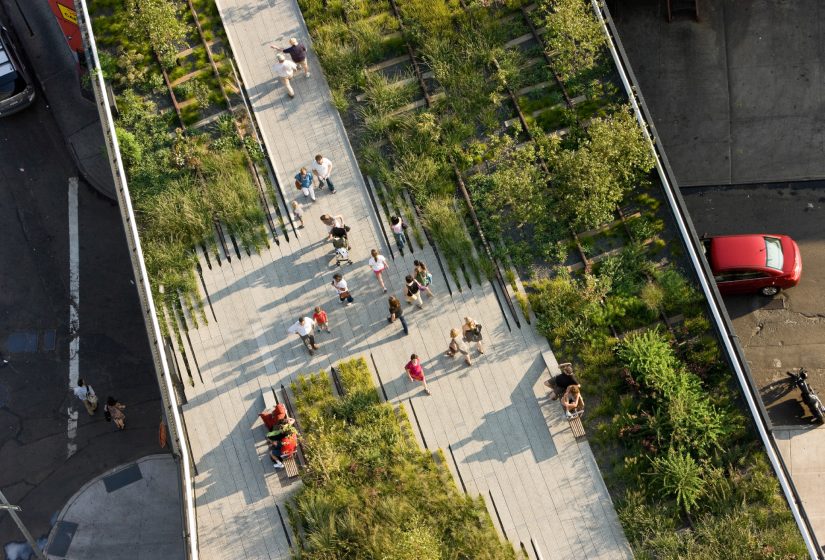
“Construction” documents in burly, large-format color photos the transformation of ruin to glorious completion, and “Walk” is just that, a walk through the newly complete High Line, compressing 5 years of opening three separate segments between 2009 and 2014. “Walk” is bookend to “Found,” with both large-scale photos of the completed park in full use in all seasons, along with smaller snapshots at almost the same measured distance as the initial chapter, so one can do almost perfect “Before and After” comparisons.
The final chapter, “Unforeseen”, documents the unanticipated uses and phenomena of the High Line. There is artist Patty Heffley doing performances on her fire escape, drawing attention to the fact that she has now completely lost her privacy to millions of annual visitors. There are the myriad events—official and spontaneous; the arts installations and musical performances organized by the Friends of the High Line—who, by then were completely managing the park, and funding its operations; weddings, stargazing, the topless reading group, and, of course, the exhibitionists in the Standard Hotel, parading their nudity or having sex in the windows. “Unforeseen” also documents the perhaps not completely unforeseen mushrooming of development with at least 40 new buildings, many by world-renowned architects, along with the 60 similar adaptive reuse projects around the world, many apparently inspired by the High Line.
Reading—really, “looking at”—The High Line is, in the end, a sensual experience reflecting its creation, design, and current reality. Its 452 pages and scores of foldouts offer great delights, and encourage many repeat visits—as with the High Line itself.
Adrian Benepe
New York City
On The Nature of Cities
About the Writer:
Adrian Benepe
Adrian Benepe has worked for more than 30 years protecting and enhancing parks, gardens and historic resources, most recently as the Commissioner of Parks & Recreation in New York City, and now on a national level as Senior Vice President for City Park Development for the Trust for Public Land.

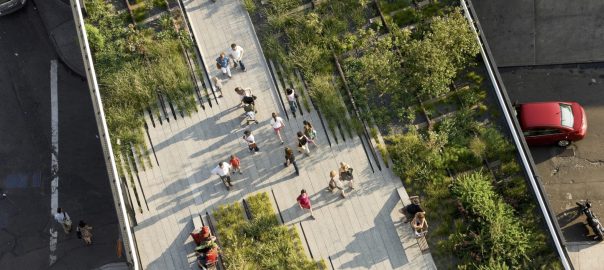


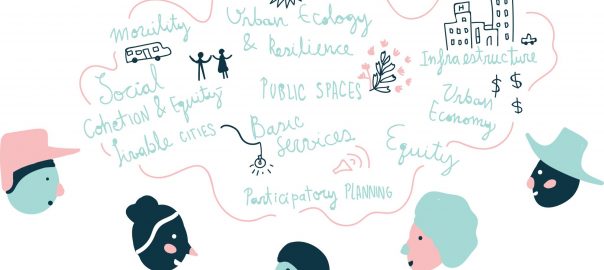
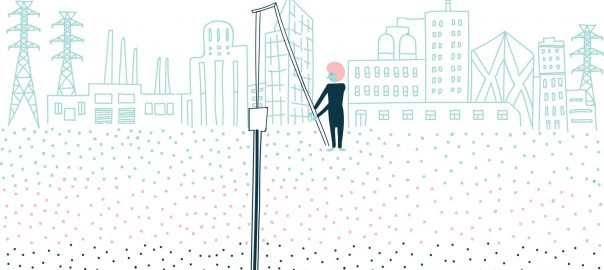
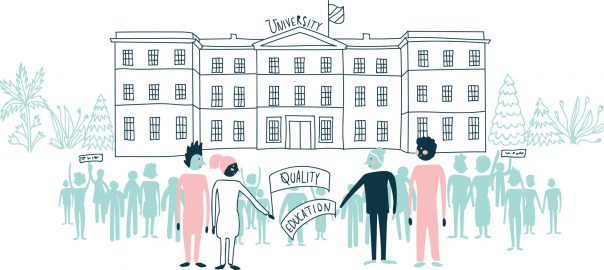
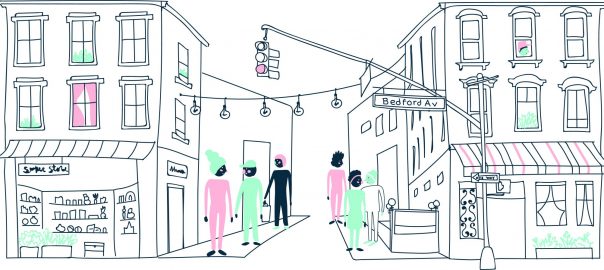
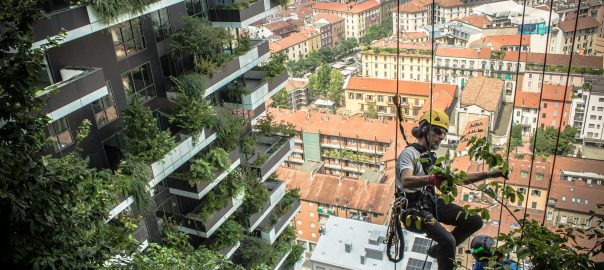
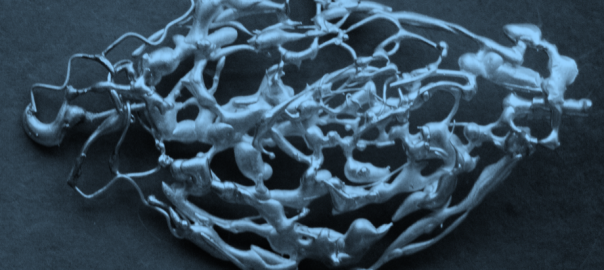
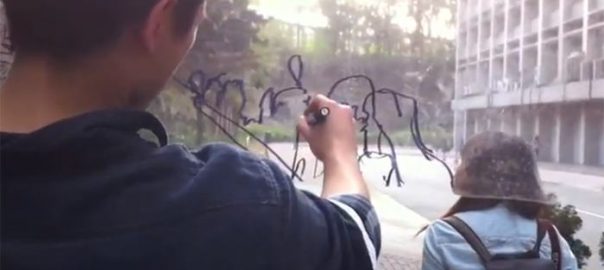
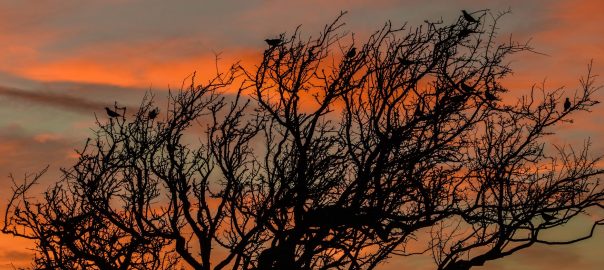
One thought on “The High Line. Foreseen. Unforeseen.”